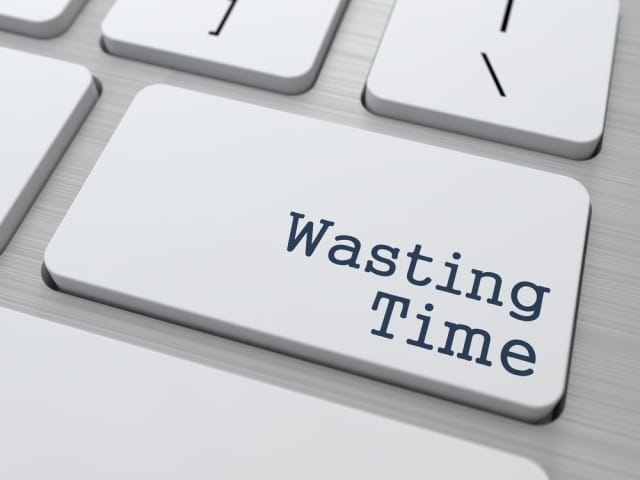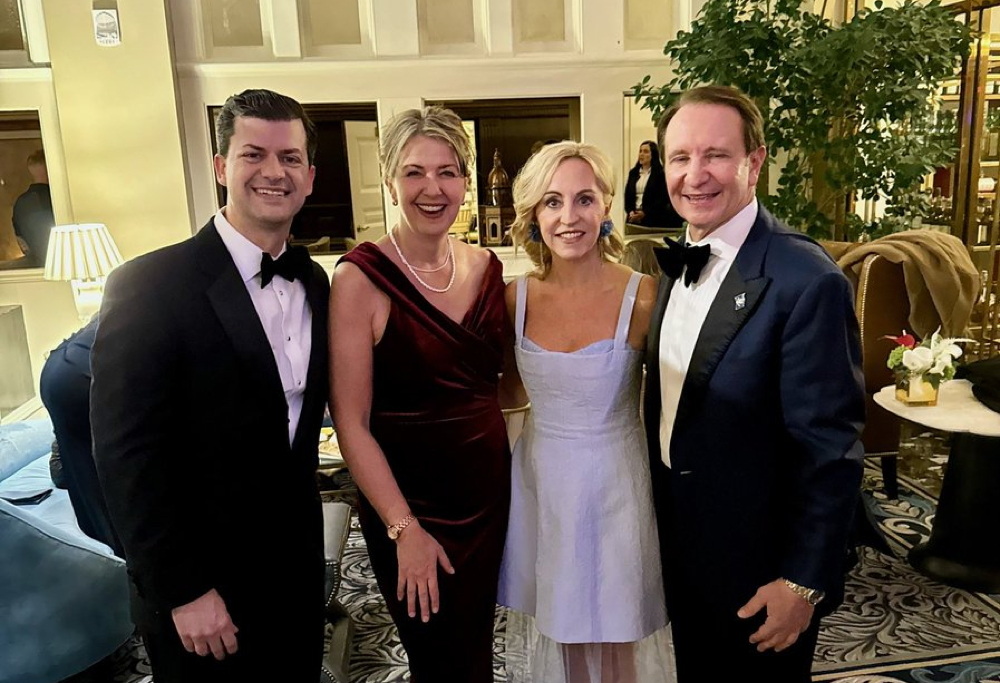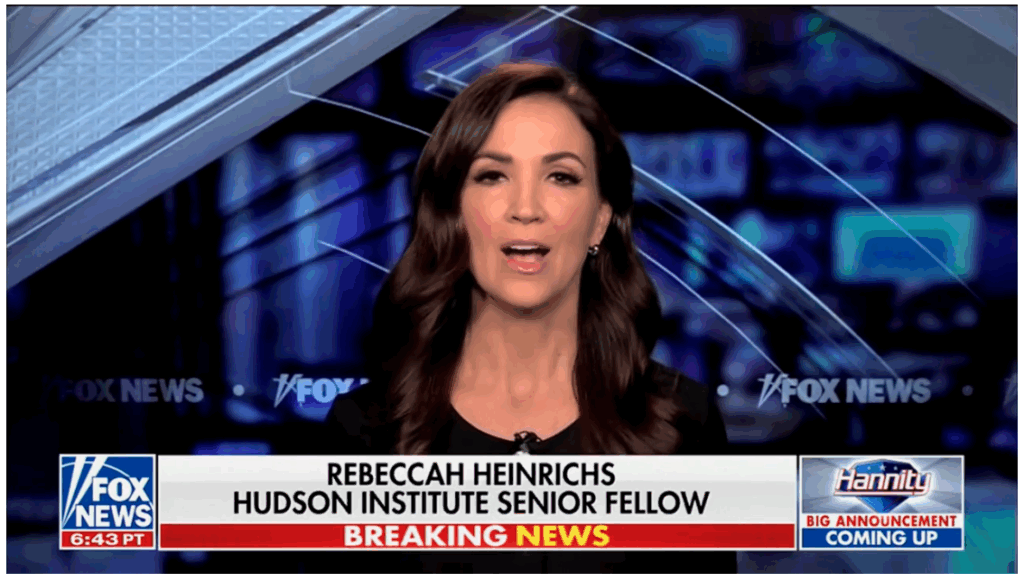In May 2013, DeSmog published the FOIA Facts (1, 2, 3, 4) series on the misdeeds of George Mason University (GMU) Professor Edward Wegman and his long-time helper Yasmin Said, authors of the long-discredited 2006 Wegman Report (WR). Behind those blog posts was a much more detailed report, published only today. In May 2013, I sent that to a few Federal agencies and to Aurali Dade, GMU‘s AVP for Research Integrity and Assurance. I had thought to be done with the Wegman/Said/GMU saga, but was proved wrong.
On 03/24/15, Wegman and Said served legal complaints via Milt Johns of Day & Johns, once law partner of Ken Cuccinelli, known for fruitless legal actions.
Wegman and Said demanded $2M for tortious interference with contracts, asserting conspiracies, malice and punitive damages.
In June 2012, they had silently left their Editor-in-Chief roles at Wiley‘s journal WIREs:Computational Statistics (WIREs:CS). Wiley has never explained, but perhaps their departure was related to well-documented plagiarism complaints against WIREs:CS papers, Wegman and Said(2011) and Said and Wegman(2009).
During March-May 2011, I and Ted Kirkpatrick reported to Wiley evidence of plagiarism as it accumulated, such as Ted’s analysis. Said’s false rank and affiliation on the masthead was fixable in a day, although retractions would have taken a bit longer. Only Steven Quigley responded and his early replies seemed reasonable. By early September, the false rank/affiliation were still wrong and Quigley’s last reply on plagiarism was a discouraging stonewall.
By January 2012, Wiley had let them massively, but quietly, rewrite the online papers. But exposure of the cover-up reignited discussion, because few had ever seen such behavior by credible publishers.
During March-May 2012, David Graves helped me write to Wiley board members and executives. We got no responses except a few by UK Communications Director Helen Bray. She told us there was no plagiarism problem and the replacement papers were fine and continued after Said and Wegman had left.
Wiley did not seem to be listening to us, so their rationale for a year’s stonewall, a cover-up and then forced resignations is unknown to us. SInce there is nothing to hide, our interactions with Wiley are shown and analyzed in §Q and §B.4 of the attached PDF, “Wegman, Said and Johns Sue Me For $2 Million.”
The essence of Wegman and Said’s complaint was that I had told Wiley about the WR‘s plagiarism. They never mentioned the two papers or my role in reporting them to Wiley, strange omissions. Perhaps they had not read my 2012 Report, pp.50-52, which excerpted the key 2011 interactions with Wiley. They got 23 pages of emails from Wiley, so they had clear evidence … but against their claims, and somehow that response did not get filed with court, my lawyers had to ask for it.
Wegman and Said acted as though their contract conferred immunity to plagiarism allegations, so our reporting them was charageable as a malicious, illegal conspiracy. They seemed to think that Wiley would care only about WR plagiarism, not WIREs:CS papers. They again claimed that all allegations of plagiarism were false, but this time in official court documents.
None of this made any sense to me, but then I am no lawyer. As it turned out, it made no sense to good lawyers either, and they quickly found numerous problems with the lawsuit filed against me, starting with venue choice of Virginia.
Wiley is headquartered in New Jersey and I am a long-time Californian with no ties to Virginia, where this case should never have been filed. Had they included Californian Graves, or Canadians Kirkpatrick or Deep Climate, it would have been worse.
Even with me as the only listed defendant, the case was rapidly removed to US Federal Court, but it did not last long.
On 04/30/15, before the first hearing, Milt Johns ended the case with voluntary dismissals by Wegman and Said.
The next day, Johns joined another law firm, Fluet Huber + Hoag, having left his own firm Day & Johns.
Since they filed “voluntary dismissals without prejudice” they theoretically could try again, but see our Motion to Dismiss.
They had started organizing this legal case in March 2014, a year before I was informed. Johns subpoenaed Wiley in April 2014 and GMU in June 2014, also without informing me, a legal no-no. He then threatened DeSmog with legal action, but rather vaguely, and finally escalated by copying Wegman’s complaint for Yasmin Said, thus doubling the demands and paperwork.
Some good came of all this. Although their complaint listed the Wiley contract as an Exhibit, Johns had neither filed it with the court nor provided it when I was served. When my lawyers finally got it, it strengthened 2013’s allegations of serious funds misuse by Wegman and Said, and of course included known use of non-original material as a cause for termination.
For the expected next steps, I had to dig out old emails and organize them for the potential defense, and much of the attached report would never have been written otherwise. Thankfully, court records are mostly electronic, or many trees would have been slaughtered for the paperwork seen in PDF §A-§D.
Although these silly complaints wasted the time of courts and some of mine, they did not cost me money.
The Climate Science Legal Defense Fund (CSLDF) kindly offered to pay my legal expenses. Please consider donating. With advice, representation or funding, CSLDF helps others defend far more difficult and expensive cases than mine. They are a real resource for support for the climate science community. Thanks!
I also thank Cozen O’Connor’s Chad Kurtz, Tom Wilkinson and Peter Fontaine, good lawyers who also know the climate wars.
Many issues needed no explanations for them and I learned a great deal, including a few unfamiliar Latin phrases.
All this leaves a few open questions:
Will GMU continue in its resolute “See No Evil” approach? Misconduct complaints like FOIA Facts just seem to vanish, and they changed policies to make them more opaque. Wegman remains on the Promotions and Tenure Committee.
Will Wiley consider explaining its 2011-2012 behavior?
Why do so many of the legal harassments of the climate community involve GMU-trained lawyers?
And why do they keep citing the Wegman Report as credible, even in 2014, PDF §X.2? David Schnare and Jonathan Riches lost another round, but they keep pushing their “Waste Time” key, from voluminous court history (Case C20134963).
What were Wegman and Said thinking? And why did Johns not tell them this was a really bad idea?
What does the academic community think of $2 Million lawsuits to suppress investigative reporting of plagiarism?
====
Excerpts from Wegman’s complaint may be instructive. The almost-identical Wegman and Said suits are dissected in detail, but a few excerpts are shown below. Disputed implies more complex refutation than simple False.
‘3. Defendant John Mashey is a nationally recognized science figure and blogger, writing regularly for “Desmog Blog,” and has reached into Virginia and the nation, creating substantial contacts, thus subjecting him to the personal jurisdiction of this court.’ False, not VA, although the first comment is nice, whatever it means.
‘FACTUAL ALLEGATIONS
6. Edward Wegman was the lead author in a 2006 report to Congress, referred to as the “Hockey Stick Report” or the “Wegman Report,” that cast serious doubt on the reliability of the statistics used by proponents of “global warming” theories of anthropogenic climate change. Disputed, Strange Scholarship… and Replication…
7. In March of 2009, Defendant John Mashey, via the web blog Deepclimate.org performed an analysis of the Wegman Report that purported to show plagiarism by Wegman.’ False: Dec 2009, Deep Climate, not me.
8. In March of 2010, based on Mashey’s writings, Raymond Bradley, of the University of Massachusetts, made a complaint to Said’s employer, George Mason University, alleging plagiarism in the report from one of Bradley’s textbooks.’ False, based on work of blogger Deep Climate. Strange Inquiries pp.24-28, 30, USA Today
9. Two different committees investigated the charges and no plagiarism was found.’ False, by FOIA.
19. John Mashey, John Doe, and others used defamation and engaged in common law and statutory conspiracy to get Wegman removed from the editorial board at Wiley by the letter writing campaign.’ Disputed. PDF §Q
21. Wegman was never found to have committed plagiarism, and any such allegation is untrue.’ False, disputed.
22. John Mashey, John Doe, and others were motivated by malice, spite, and ill will, all driven by a publicly expressed desire to discredit or ruin their opposition.’ Disputed. PDF §Q.
Following is the overview of the full report. People who understand plagiarism can skip many of the examples. PDF §Q is 40 pages long only for completeness, to show the real interactions with Wiley. A useful selection of court records is attached, sometimes with annotations.
UPDATE: 05/21/15 add Kirkpatrick PDF, clarify “without prejudice,” minor wording, more on U of Arizona case.
Image credit: Wasting Time via Shutterstock.
Subscribe to our newsletter
Stay up to date with DeSmog news and alerts






